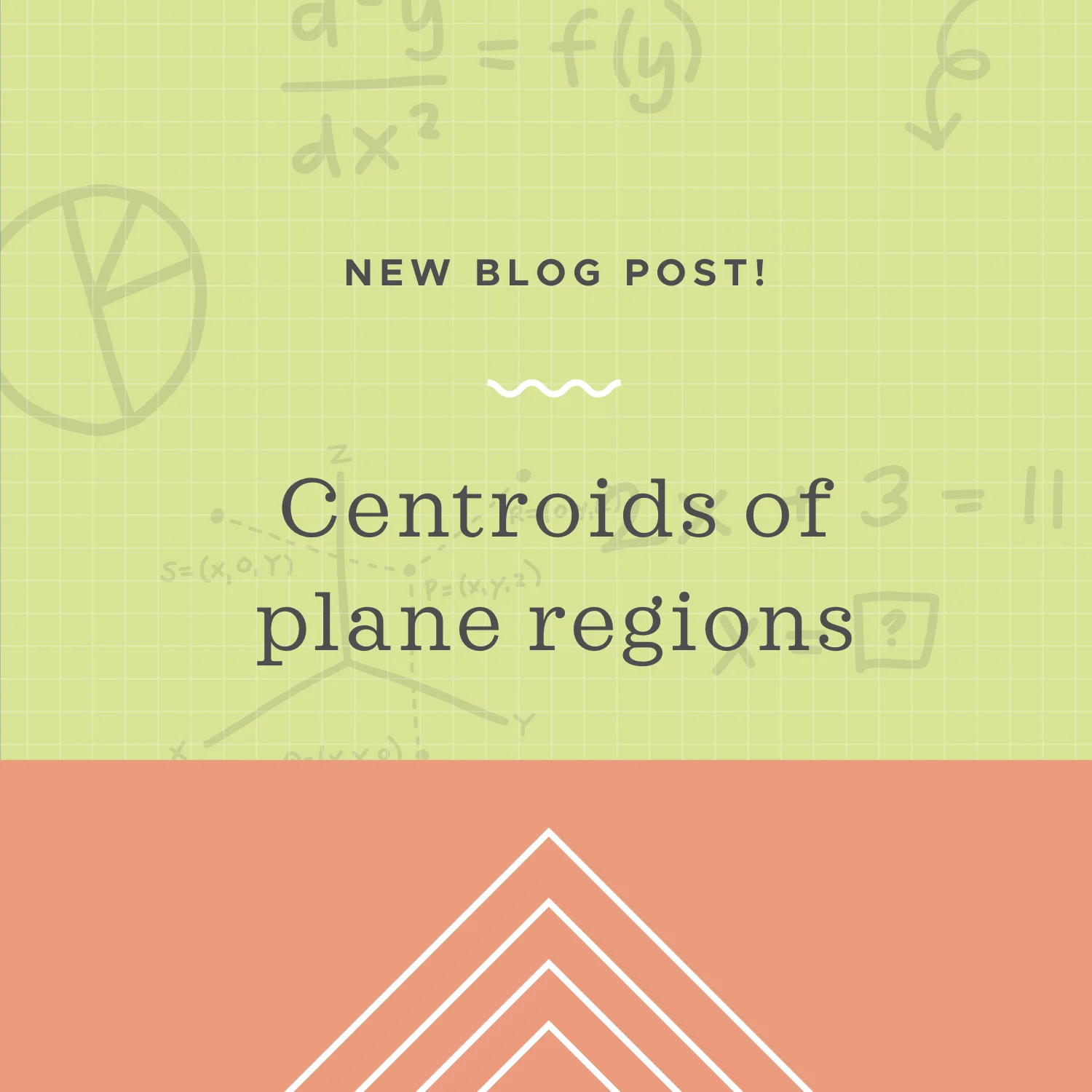The centroid of a plane region is the center point of the region over the interval [a,b]. In order to calculate the coordinates of the centroid, we’ll need to calculate the area of the region first. Then we can use the area in order to find the x- and y-coordinates where the centroid is located.
Read MoreTo calculate the work done when we lift a weight or mass vertically some distance, we’ll use the integration formula for work, where W is the work done, F(x) is the force equation, and [a,b] is the starting and ending height of the weight or mass. Oftentimes problems like these will have us use a rope or cable to lift an object up some vertical height. In a problem like this, we’ll need to determine the combined force required to lift the rope and the object.
Read MoreConsumer and producer surplus are values that a company can calculate to see when they have excess demand or production. If a company can better balance demand and production, they can be more profitable. We’ll need to calculate the equilibrium quantity and equilibrium price before we can find consumer surplus and producer surplus.
Read MoreWe can use integrals to find the surface area of the three-dimensional figure that’s created when we take a function and rotate it around an axis and over a certain interval. The formulas we use to find surface area of revolution are different depending on the form of the original function and the axis of rotation.
Read MoreThe Theorem of Pappus tells us that the volume of a three-dimensional solid object that’s created by rotating a two-dimensional shape around an axis is given by V=Ad. V is the volume of the three-dimensional object, A is the area of the two-dimensional figure being revolved, and d is the distance traveled by the centroid of the two-dimensional figure.
Read More






